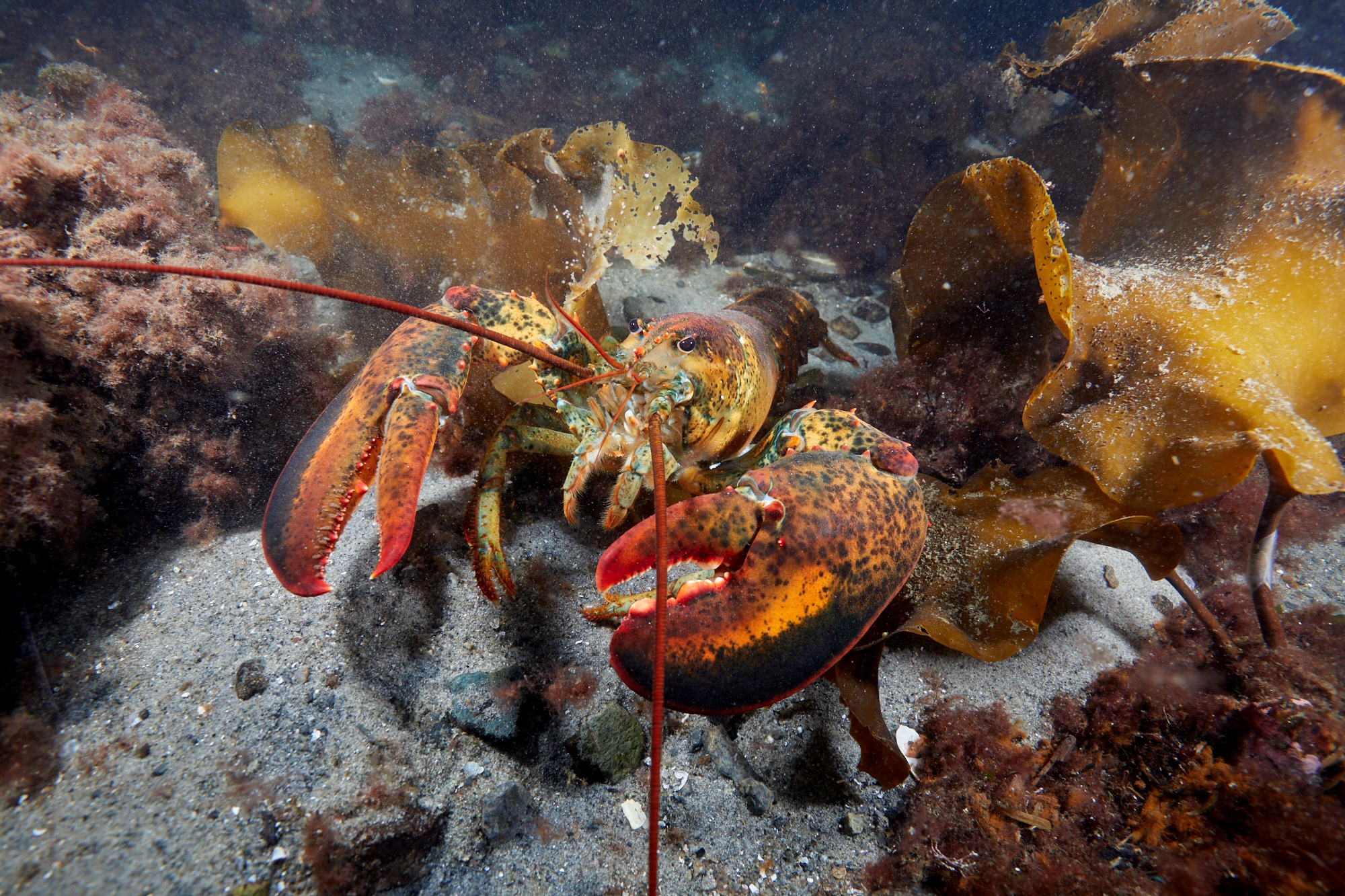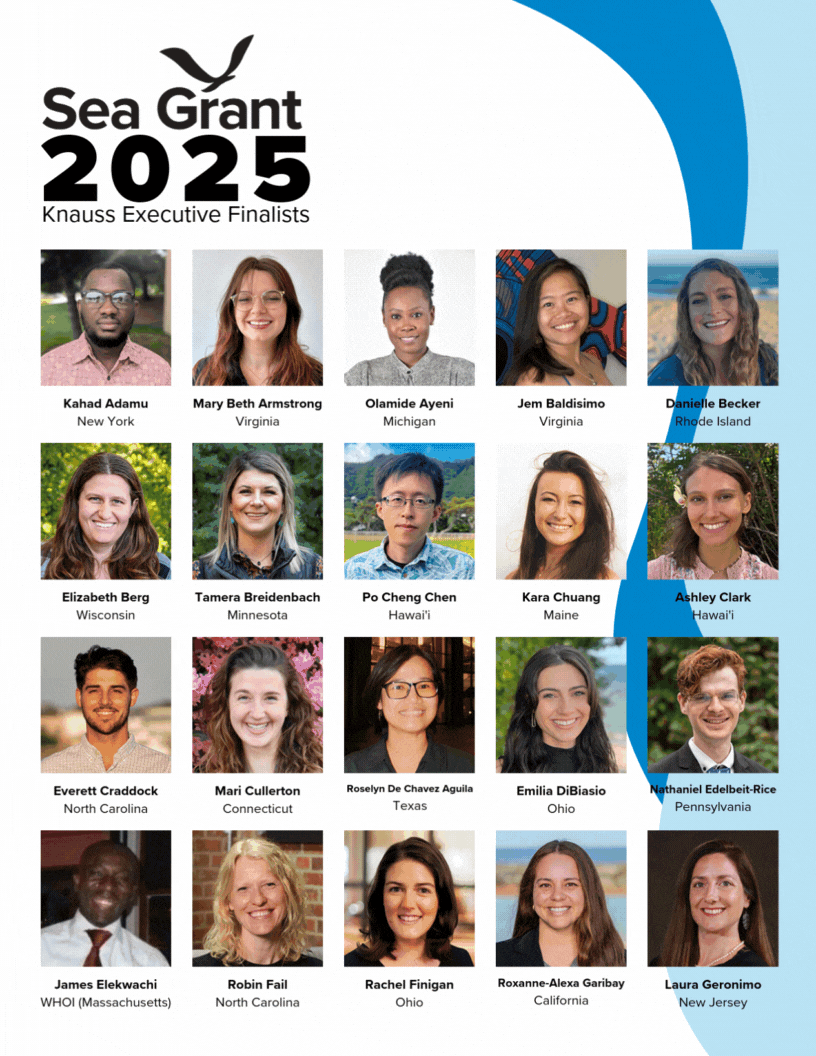By Matthew McGrath, New Jersey Sea Grant
GREEN CREEK, N.J.– Hundreds of pounds of spat, or baby Oysters were taken Sunday from the Haskin Shellfish Laboratory where they had been growing in mud flats and relocated to artificial reefs along the Delaware Bay shore.
The spat had been growing on the surface of shell-filled mesh bags since the early summer near the Rutgers University Haskin Shellfish Laboratory’s Cape Shore facility in Cape May County as part of Project: Promoting Oyster Restoration Through Schools, or PORTS. The bags were relocated by barge to a 5-acre reef located at the Gandy’s Beach Oyster Restoration and Enhancement Area in the Delaware Bay off Cumberland County. Led by Lisa Calvo, Shellfish Aquaculture Coordinator for Rutgers University and the New Jersey Sea Grant Consortium, Project: PORTS has seeded more than 20 million oysters in conservation sites like Gandy’s Beach throughout the Delaware Bay since it began in 2007.
“Scientific assessments indicate these restoration efforts have been successful,” said Jenny Paterno, a Rutgers graduate student examining the fish activity in the restoration areas and nearby parts of the bay. “A viable multi-generational oyster population, approaching natural oyster abundances, has been established in an area that was previously barren.”
Oyster populations have been decimated in many areas due to disease and overfishing. “Advancing Eastern Oyster Aquaculture through Marker-Assisted Selection” is one of New Jersey Sea Grant’s funded research projects for 2014-16. Dr. Ximing Gou, and his team at the Haskin Laboratory, are attempting to breed oysters with specific genetic markers that will assist the species in fighting diseases.
Oysters are critical organisms for the ecology of estuaries. The species is recognized for its role in improving water quality, creating structural habitat, and enhancing fisheries production. Oysters are filter-feeders and eat microscopic plants, called phytoplankton, from the water as they pass over the oysters’ gills . A single adult oyster can filter up to 50 gallons of water per day, which helps keep our estuaries ‘clean’ and clear.
To complete their life cycle and grow to be adults, oyster larvae (oyster babies floating in the water column) must attach to a clean, hard surface. An ideal surface is a piece of shell or the shell of a live oyster. Through this process of attaching to one another, oysters form reefs over time and thus they have been called “ecosystem engineers.”
South Jersey elementary school students assist with the reef building by compiling the shell-filled bags that give the spat the hard bed they need to attach to begin forming new sections of reef.
These living structures provide habitat for many other animals in the bay including: fishes, shrimp, crabs, snails, worms, barnacles, and others. In addition to providing the habitat itself, oyster reefs are important foraging grounds for predatory animals. Important commercial and recreational species use oyster reefs at various stages in their lives.
Blue crab, weakfish, Atlantic croaker, striped bass, white perch, and northern kingfish — important commercial and recreational species — have been found by researchers to be using the the restoration area.
The New Jersey Sea Grant Consortium is an affiliation of colleges, universities and other groups dedicated to advancing knowledge and stewardship of New Jersey’s marine and coastal environment. NJSGC meets its mission through its innovative research, education and outreach programs. For more information, visit NJSGC on the web at njseagrant.org or on social media at facebook.com/NJSeaGrant and twitter.com/NJSeaGrant.


